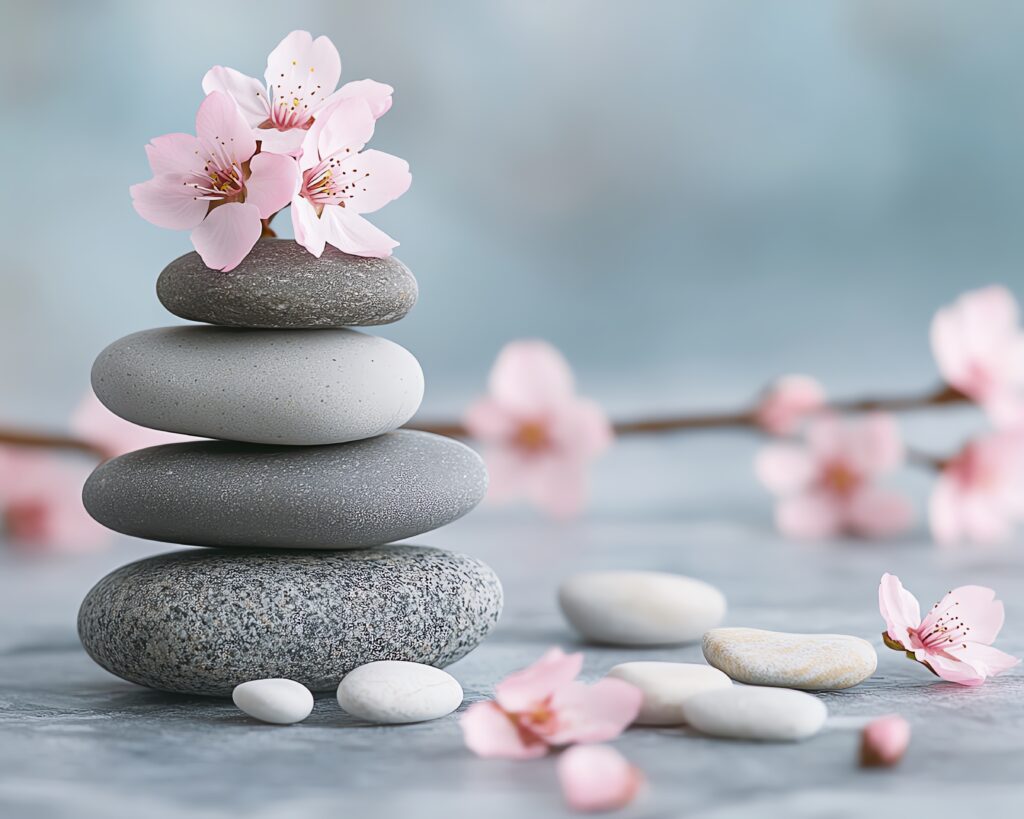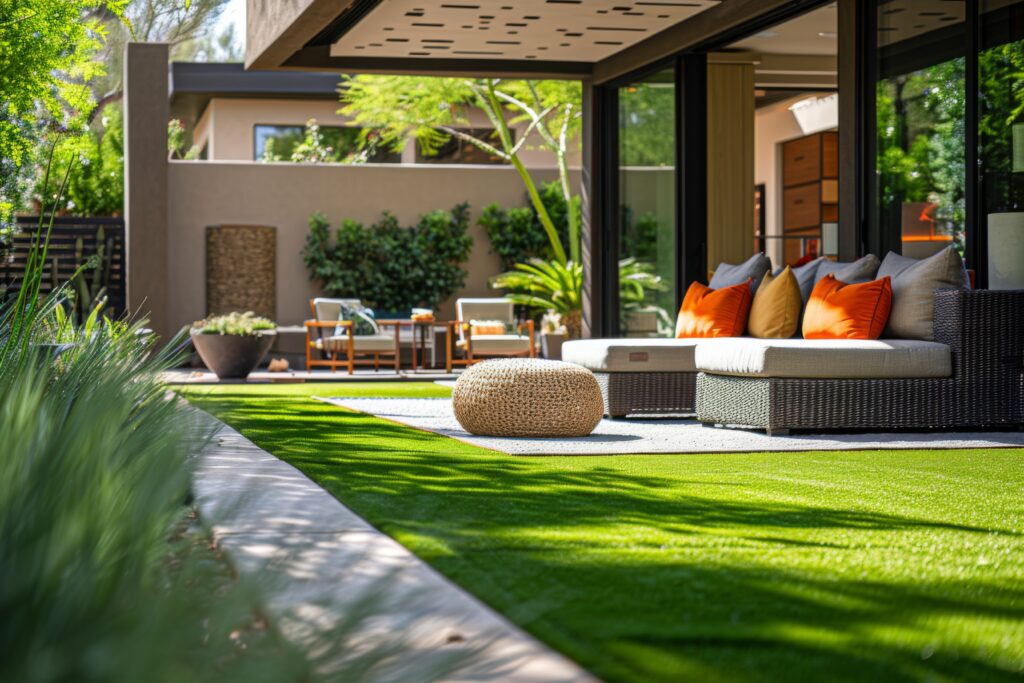
Hosting Thanksgiving is a labor of love — planning, prepping, cooking, and creating memories all in one full day (or more!). But once the table is cleared and the last slice of pie is claimed, you’re often left with one big question: what do we do with all these leftovers?
Instead of letting turkey, stuffing, and sides take over your refrigerator for the next week, you can transform those leftovers into delicious, easy meals your guests can enjoy again — even after they head home. With a little creativity and a well-organized kitchen, your hosting skills stretch far beyond the holiday.
Here’s how to make the most of every dish by turning Thanksgiving leftovers into thoughtful, shareable meals.
Why Turning Leftovers into Take-Home Meals Works So Well
Sharing leftovers offers more benefits than just saving fridge space:
-Reduced food waste — You worked hard on that holiday meal; nothing should go to waste.
-Fewer post-holiday dishes — Less to store, less to clean up later.
-Guests love the treat — Everyone gets a bonus meal without lifting a finger.
-You reclaim your kitchen faster — More room to relax, recharge, and enjoy the weekend.
Plus, it’s one of the simplest ways to extend the feeling of hospitality after everyone has gone home.
Step 1: Set Up a Take-Home Station in Your Kitchen
A little preparation keeps the process smooth and stress-free. Dedicate a section of your kitchen island, buffet, or dining table for leftover storage — and stock it before dinner even begins.
Suggested setup essentials:
- Reusable food containers in different sizes
- Aluminum foil or beeswax wraps
- Permanent markers for labeling
- Freezer-safe bags for soups or meats
- Small paper bags for organizing individual meal packs
Place everything together so guests can easily fill, label, and grab their meals on the way out — keeping the post-celebration energy positive and easygoing.
Step 2: Create “Ready-to-Heat” Meal Kits
Instead of sending everyone home with a random scoop of mashed potatoes or a handful of rolls, turn leftovers into balanced, thoughtful meal kits.
Ideas for meal combinations:
- Turkey + stuffing + gravy
- Ham + scalloped potatoes + green beans
- Vegetarian option: roasted veggies + sweet potatoes + rolls
- Breakfast combo: quiche slice + fruit salad + muffin
- Sandwich kit: sliced turkey + rolls + cranberry sauce
By portioning complete dishes, guests don’t have to think about what pairs well — dinner is already done for them.
Bonus idea: tuck a printed reheating guide inside the container with simple instructions for oven vs. microwave.
Step 3: Try These Creative Leftover Recipes
Here’s where the fun begins! Repurpose traditional dishes into fresh meals that feel new and exciting.
Turkey Pot Pie Minis
Combine shredded turkey, leftover veggies, and gravy inside store-bought pie crusts or puff pastry. Bake until golden and package individually for a warm comfort-food dinner later.
Thanksgiving Paninis
Create sandwich packs with:
- Turkey
- Cranberry sauce
- Swiss or provolone cheese
- A little stuffing for texture
Label and let guests grill them up at home.
Stuffing & Herb Waffles
Press stuffing into a waffle iron for a crispy, savory brunch base.
Pair with leftover turkey and a drizzle of gravy — genius!
Sweet Potato Breakfast Bowls
Package mashed sweet potatoes with toasted pecans, cinnamon, and maple syrup for a wholesome morning meal.
Leftover Ham + Pasta Bake
Mix diced ham with noodles, leftover cheese, and veggies for a comforting family-sized dish to heat up later in the week.
Tip: Keep recipes flexible — guests can customize depending on what they loved most from dinner.
Step 4: Label Everything Clearly
A smart label system keeps things fresh and guess-proof.
Include:
- Dish name
- Heating instructions
- Freeze-by date (usually 2–3 months for cooked leftovers)
- Allergy notes if applicable (nuts, dairy, gluten, etc.)
This small effort goes a long way when someone opens a container a week later and wonders, “What was this again?”
Step 5: Display with Style
Fulton Homes are designed with entertaining in mind — beautiful kitchen islands, flexible counters, and open layouts make hosting easier and more enjoyable. Make your leftover station feel like a natural extension of the party:
Presentation ideas:
- Use serving trays or woven baskets to hold containers
- Add a festive sign like “Take Some Thanks Home!”
- Keep napkins and utensils available for quick grabs
- Incorporate small greenery or holiday décor for a polished touch
Your guests will feel appreciated — and you’ll feel like a hospitality pro.
Step 6: Keep Food Safety in Mind
Even with creativity, freshness matters most. Follow these guidelines:
- Refrigerate leftovers within 2 hours of serving
- Reheat meals to at least 165°F
- Mark “Freeze-by” dates and stick to them
- Don’t refreeze food that has already been thawed
Planning ahead helps ensure every bite stays fresh and safe.
Bonus: Make It a Tradition
People love holiday traditions, especially ones that make their lives easier. A take-home leftovers station is the kind of thoughtful gesture family and friends remember — and look forward to next year.
You might even:
- Customize containers with a holiday sticker or short note
- Provide recipe cards for “home chef remix” ideas
- Host a mini potluck later in the month where everyone brings back a leftover transformation
Sharing food builds connection — long after the plates are cleared.
Your Kitchen Is the Heart of the Holiday
The best part of shareable leftovers? They remind guests of the wonderful time they had in your home. And when your kitchen is designed to support cooking, hosting, and plenty of storage, the holiday experience flows naturally.
Fulton Homes kitchens offer:
- Spacious islands perfect for prepping and plating
- Walk-in pantries for organized food storage
- Smart layouts that support entertainment
- Modern appliances that make cooking and reheating easier
- Beautiful finishes that set the perfect backdrop for hosting
From the first bite on Thanksgiving Day to the last leftover meal enjoyed days later, your home continues to serve comfort, warmth, and connection.
Ready for Your Next Season of Hosting?
Whether you’re planning more celebrations this winter or simply want a kitchen that cooks and entertains effortlessly year-round, Fulton Homes has you covered. Our thoughtfully designed spaces help you enjoy the moments that matter — and all the meals that follow.









